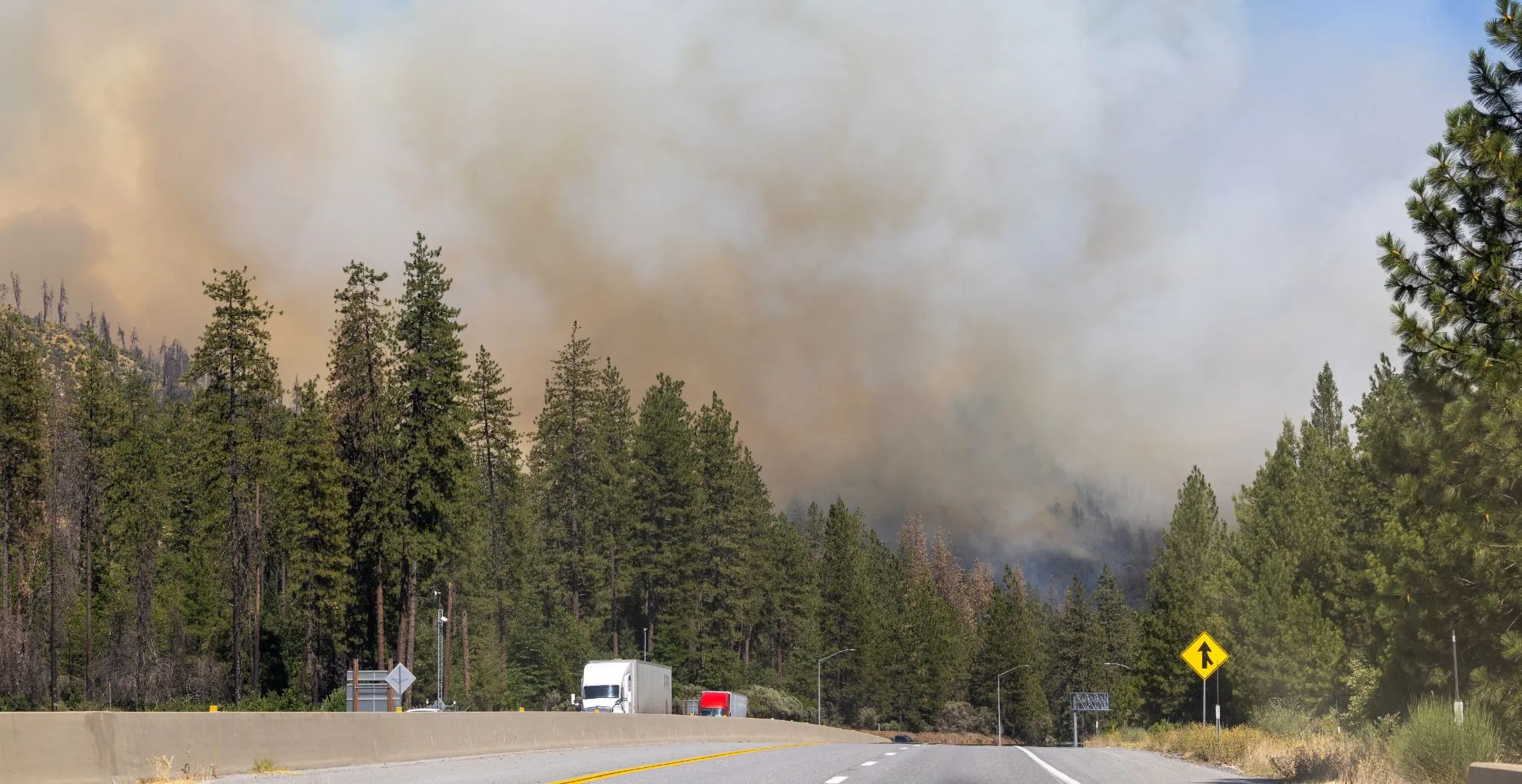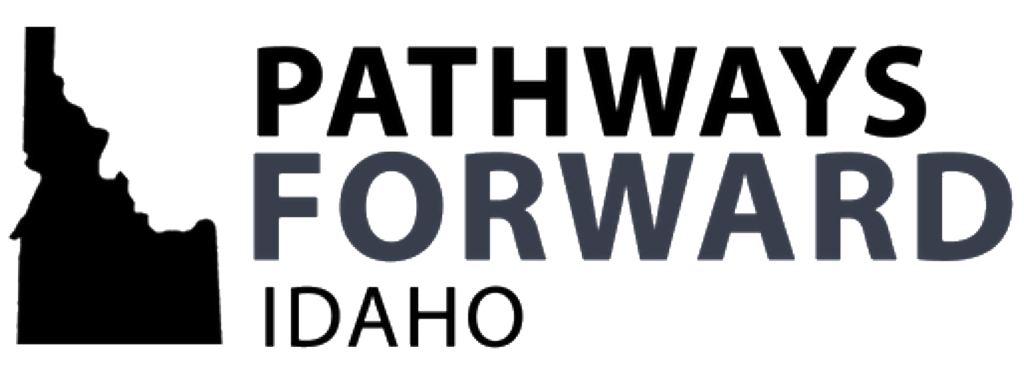
Wildfire Risk This Summer: Are Highways 55 & 95 Putting The Treasure Valley at Risk?
Table of Contents
As Idaho enters the height of wildfire season, state and local agencies are preparing for what could be one of the most dangerous stretches of the year. With high temperatures, dry fuels, and fast-moving fires already threatening multiple zones, the wildfire risk facing much of the Treasure Valley and surrounding mountain communities is clear.
Are our roads ready for what’s coming?
Highways 55 and 95 are two of the most important transportation corridors in the region. They connect rural communities to emergency services, provide critical freight and tourism access, and serve as the only evacuation routes for thousands of residents in fire-prone zones. Their narrow lanes, limited shoulders, steep grades, and lack of alternate routes make them a vulnerability Idaho can’t afford to ignore.
Idaho’s Wildfire Risk Is Heating Up
In its June 2025 outlook, the National Interagency Fire Center (NIFC) identified central and western Idaho as having an “above normal potential” for significant wildfire activity in July and August. The Idaho Department of Lands (IDL) has already issued statewide restrictions for open burning and campfires in multiple high-risk zones, including areas along SH-55 and US-95.
Fire agencies are preparing for fast-moving starts fueled by wind, heat, and dry vegetation. But as wildfire risk increases, readiness on the ground only matters if people and equipment can move quickly and safely through the region.
The Infrastructure Gap: Two Lanes, No Margin for Error
Both SH-55 and US-95 remain two-lane mountain highways through much of their length. In several key stretches, there are no alternate routes. If fire, rockfall, or a vehicle crash shuts down one of these roads, it could cut off entire communities.
This isn’t speculation, it’s the daily reality for communities throughout Adams, Valley, and Idaho counties, especially during high tourism and fire activity in July and August. These corridors are often used simultaneously by:
- Local commuters
- Evacuees
- Long-haul freight and fuel trucks
- Emergency responders
When there’s no shoulder and no way around, everyone stops.
What Idaho’s Agencies Are Saying about Wildfire Risk
The Idaho Transportation Department (ITD) continues hazard mitigation work along SH-55 and US-95, including roadside fuel removal and slope stabilization. These are smart and necessary improvements, especially in fire-prone corridors.
However, the wildfire risk along these highways also stems from heavy seasonal traffic. Incidents like dragging trailer chains, engine failure, or tire blowouts can ignite dry roadside fuels, especially where brush and timber grow close to the roadway. Roadsides should be regularly masticated to reduce vegetation buildup and prevent these ignition sources from turning into fast-moving wildfires.
Infrastructure upgrades must go beyond maintenance. Expanding routes, building redundancy, and future-proofing evacuation access are critical steps Idaho must take before another fire season pushes the system past its limits.
Pathways Forward Idaho: Building a Smarter Response Network
At Pathways Forward Idaho, we advocate for infrastructure that serves more than just commuters. It must protect communities during a crisis, which means prioritizing:
- Alternate corridors for Highways 55 and 95
- Expanded shoulders and improved pullouts for emergency vehicles
- Rerouting strategies for freight and tourism traffic during peak events
- Integrated wildfire resilience planning with transportation investments
These are not nice-to-haves. They’re necessary steps to avoid bottlenecked evacuations, improve emergency access, and protect Idaho lives and landscapes.
Take Action Before It’s Too Late
As fire season intensifies, now is the time to take action.
Here’s how you can help:
- Submit your support for improved SH-55 and US-95 infrastructure to COMPASS and ITD during public comment periods.
- Share this blog post with your community to raise awareness of the risk and pressure local leadership to act.
Because when wildfire season arrives, you don’t want to be asking where the second route is; you want to be driving on it.
